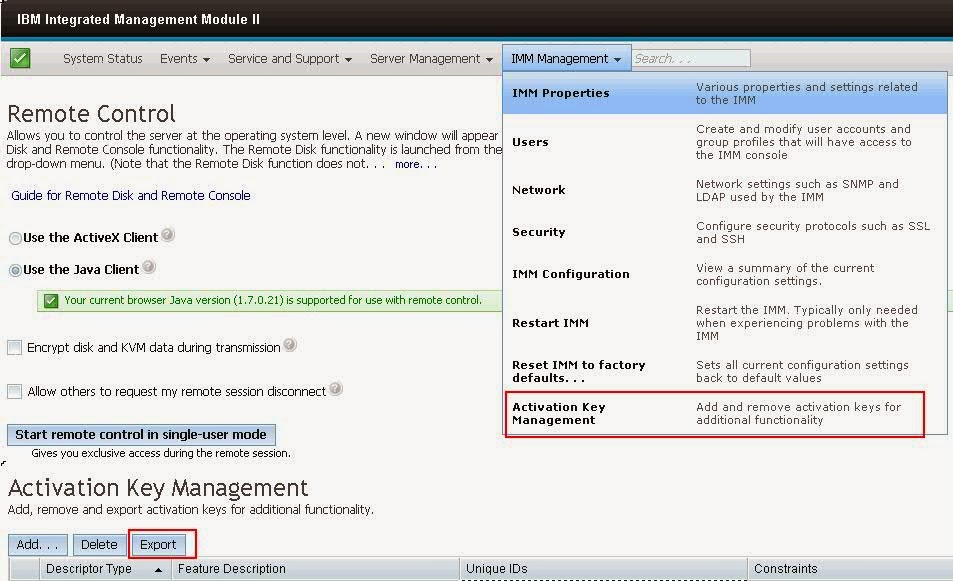Active Directory DFS-R SYSVOL Replication in Windows Server 2008
SYSVOL folder contains logon scripts, group policies templates and other resources which are critical to the health and management of an Active Directory. Any change made in the Group policies or logon scripts should be replication to the all domain controllers in the network and so SYSVOL should be consistent on each domain controllers. In previous versions of Windows, File Replication Services (FRS) was responsible for replicating SYSVOL contents to all domain controllers. But FRS had lots of limitations in terms of troubleshooting, and capacity and performance wise. Windows Server 2008 introduced a new feature where DFS-R is used to replicate SYSCOL contents.
But this new feature will only be available if domain functional level is raised to Windows Server 2008. As we know, there are three Windows Server 2008 Active Directory functional levels:-
· Windows Server 2000 Native
· Window Server 2003 Native
· Windows Server 2008
Once domain functional level is raised to the Window Server 2008, new functionalities will be added with Active Directory, including DFS-R for replicating SYSVOL contents.
Understanding SYSVOL Migration States
Since SYSVOL is very critical for Active Directory domain, so Windows does not provide us any mechanism to convert FRS SYSVOL contents to DFS-R. In fact, migration to the DFS-R makes it possible in SYSVOL replication where clients are redirected from FRS to the DFS-R structure. Once everything is done successfully, we can remove FRS from our Active Directory environment.
There are four stages or states involved in migrating to the DFS-R:-
1. 0(start) is the default state of a domain controller which uses only FRS to replicate SYSVOL contents.
2. 1(prepared) creates a new copy of existing SYSVOL folder in a folder called SYSVOL_DFSR and adds it in the replication set. Both folders, SYSVOL and SYSVOL_DFSR are replicated to all domain controllers and clients continue to use SYSVOL.
3. 2(redirected) redirect the original folder as SYSVOL\sysvol to the SYSVOL_DFSR\sysvol. Clients now use SYSCOL_DFSR to obtain logon scripts and group policy templates.
4. 3(eliminated) stops replication of SYSVOL folder by FRS. However, SYSVOL is not deleted, but we can delete it manually.
Migrating SYSVOL Replication to DFS-R
To migrate SYSVOL replication from FRS to DFS-R, perform the following steps:
1. Firstly raise domain functional level to Windows Server 2008 from Active Directory Domains and Trusts snap-in.
2. Right-click the domain and choose Raise Domain Functional Level.
3. If the Current Domain Functional Level box does not indicate Windows Server 2008, choose Windows Server 2008 from the Select An Available Domain Functional Level list.
4. Click Raise. Click OK twice in response to the dialog boxes that appear.
5. Log on to a domain controller and open a command prompt.
6. Type dfsrmig /setglobalstate 1.
7. Type dfsrmig /getmigrationstate to query the progress of DCs toward the Prepared global state. Repeat this step until the state has been attained by all DCs.
This can take 15 minutes to an hour or longer.
8. Type dfsrmig /setglobalstate 2.
9. Type dfsrmig /getmigrationstate to query the progress of DCs toward the Redirected global state. Repeat this step until the state has been attained by all DCs.
This can take 15 minutes to an hour or longer.
10. Type dfsrmig /setglobalstate 3.
After you begin migration from state 2 (prepared) to state 3 (replicated), any changes made to the SYSVOL folder will have to be replicated manually to the SYSVOL_DFSR folder.
11. Type dfsrmig /getmigrationstate to query the progress of DCs toward the Eliminated global state. Repeat this step until the state has been attained by all DCs. This can take 15 minutes to an hour or longer.

Comments